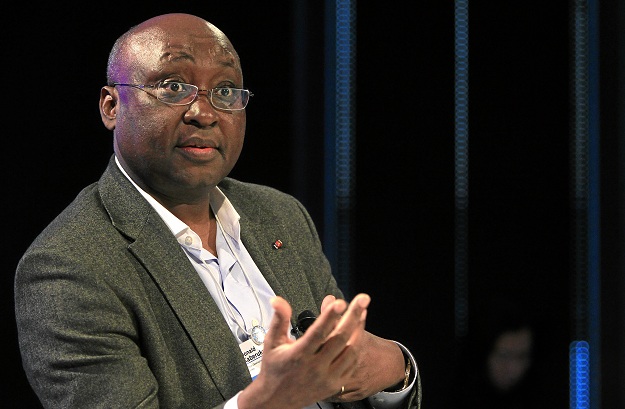
Across the continent, we see six of the world’s ten fastest-growing economies – per capita incomes growing at 3.2 percent per year, per capita GDP rising at about six percent per year, technologies spreading, health and education levels improving and other strong indicators that suggest Africa is really rising. If Africa sustains its growth momentum, per capita incomes could double within a decade. But population levels are also rising quickly, which creates a paradox: despite economic growth more people, not fewer, are being trapped into poverty.
Concurrent with encouraging economic growth, Africa’s population is also growing and is set to double by 2050. Fifteen million young people come into the job market every year. This is both a promise and a menace. If we don’t tackle inequality and unemployment now, they could stall Africa’s growth. I write this on my way to the World Economic Forum on Africa Summit in Cape Town, where the theme is how to deliver on Africa’s promise.
We can all agree on four things. First, anchoring political stability and strong institutions. Political stability depends largely on a broad sense of fairness and on having governments that are clean, accountable and that can deliver. Much of the work which is already achieving this goes unsung – it is the painstaking, but vital, task of building the strong, trained, efficient, transparent and regulated institutions of the capable state.
Second, Africa should aim for inclusive growth that is also transformational. Inclusive growth stands on four pillars: economic, social, spatial and political. For populations, these pillars should ensure access to, and equity of, the opportunities created by economic growth.
Third, Africa needs to do more than just produce primary goods. The continent needs diversified economies connected to global value chains for sophisticated products. Africa is the richest continent in terms of natural resources and yet is the poorest in terms of human and physical development. This is partly due to the so-called ‘natural resource curse’ when revenues are not properly managed or shared. The curse goes further, in that Africa still fails to produce more than primary goods – it has not yet achieved the so-called ‘structural transformation’, which both makes more of its natural resources (using them to build new jobs, new services, new industries) while relying less on them by diversifying their economies.
Fourth, we need to close the infrastructure gap. In this, Africa faces a challenge that is daunting but surmountable. As the manager of the public sector-led Programme for Infrastructure Development in Africa (PIDA), the African Development Bank has already identified a portfolio of US$70 billion-worth of priority infrastructure projects, which need financing. Sixty percent of Bank funding goes to infrastructure projects for energy, transport, telecommunications, etc. Yet the gap in funding Africa’s infrastructure is staggering, amounting to $50 billion a year for the next decade.
Such a gap is unlikely to be filled by public funds. One way would be for Africa’s financial sector to start mobilising its own infrastructure development. Collectively, Africa’s foreign reserves today total about $540 billion and most of that sits in investments abroad, for good security, liquidity and return. But, as we saw in 2008, the security is relative and these days the return is meagre.
The African Development Bank is developing a safe, high-return financial vehicle that could be used solely for Africa’s infrastructure. Suppose we begin with only five percent of each country’s reserves; that would be at least $27 billion – easily equal to three times what both the World Bank and the African Development Bank commit to Sub-Saharan Africa each year.
And, of course, all of this assumes that regional integration on the continent rises to a new level in this, the 50th anniversary of the African Union. Balkanised, landlocked states face tremendous challenges in bringing goods to international markets. Soft barriers, such as long paperwork delays at border crossings, hinder inter-regional trade and drive up the cost of doing business.
The regional potential is enormous: for instance, Africa has about 80 trans-boundary water basins which hold tremendous opportunity for fostering cooperation between the states that share a water boundary for jointly developing large infrastructure, for sharing benefits equitably and for promoting peace and development. Roads, ports, transmission lines and information and communications technologies can serve this process. Regional infrastructure development will help Africa form large, connected and competitive markets to replace today’s small, isolated and inefficient ones.
The Bank, as the development voice for Africa, also offers up a new thought to a world that still needs to feel the pulses of economic growth, and which looks to its emerging markets to find them. A young, dynamic, entrepreneurial, creative and consuming Africa can be seen not as global challenge, but a global solution, and a global growth pole. In this, the 50th anniversary of the African Union, we repeat with President Johnson-Sirleaf: “Africa is rising!” The promise is real; the task is to follow our own recipe, and deliver.





